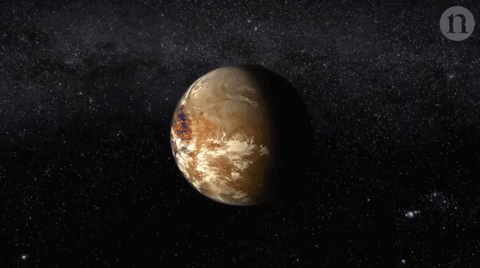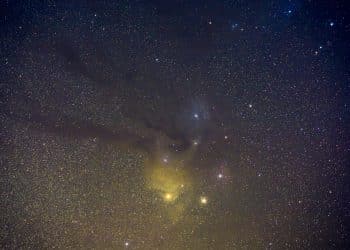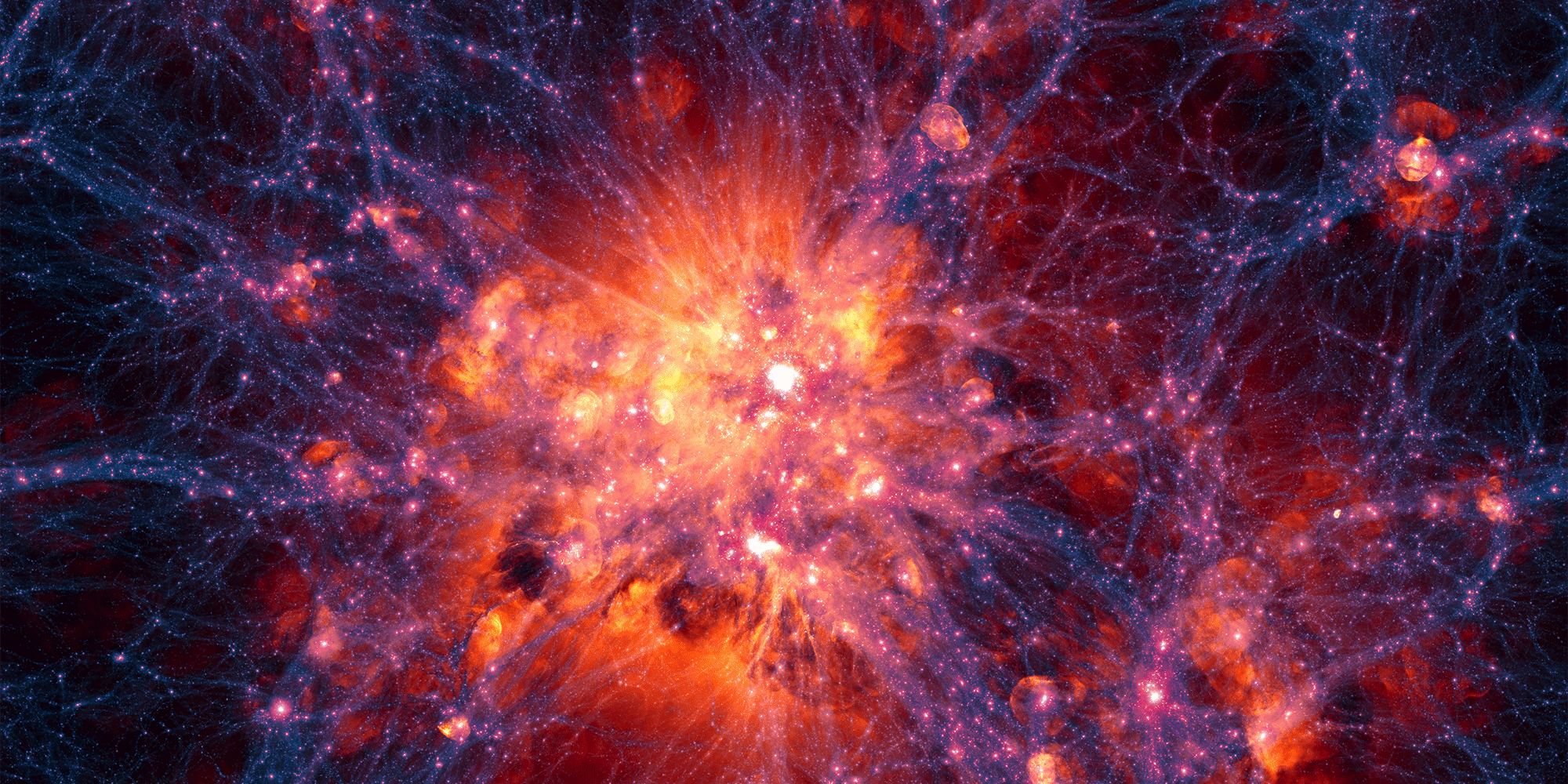Astronomers have discovered that the closest exoplanet to Earth, Proxima Centauri B, could be highly habitable, raising hopes that we are not alone in the cosmos. Proxima Centauri, a star much smaller than the Sun, is extremely close to our solar system, yet we know very little about the star and its orbiting planet, dubbed Earth 2.0. Proxima Centauri B is known to orbit its host star every 11 days.
Scientists have found that the planet orbits its star in the habitable zone, meaning it is located at the perfect distance to receive enough sunlight to maintain its surface above freezing temperature levels. Interestingly, while Proxima B orbits its star in the habitable zone, this zone is actually located very close to its star. Consequently, it is very likely that the planet is tidally locked due to gravitational forces.
This tidally locked nature implies that, similar to Earth’s Moon always showing us the same face, Proxima Centauri B always faces its parent star with the same side. The planet, discovered in 2016, has left scientists wondering for two years whether this Earth-like alien world could sustain life as we know it. Recent developments using computer models, similar to those experts use to study Earth’s climate, have provided new insights.
Astronomers have found that, under an extremely wide range of conditions, Proxima Centauri B could be home to massive areas of liquid water on its surface. If the planet is indeed tidally locked to its parent star, the side facing away from the sun would experience freezing temperatures, with any oceans on that side likely being frozen. However, the side facing the sun would not necessarily have the same issue.
The presence of water on the planet suggests the potential for life. “The major message from our simulations is that there’s a decent chance that the planet would be habitable,” said Anthony Del Genio, a planetary scientist at the NASA Goddard Institute for Space Studies in New York City. Del Genio is also the lead author of a paper describing the new research, published on September 5 in the journal Astrobiology.
The researchers explain in the study that “climate models with static oceans suggest that Proxima b could harbor a small dayside surface ocean despite its weak insolation.” Furthermore, scientists explained that “with a dynamic ocean, a hypothetical ocean-covered Proxima Centauri b with an atmosphere similar to modern Earth’s can have a habitable climate with a broad region of open ocean, extending to the nightside at low latitudes.”
PLEASE READ: Have something to add? Visit Curiosmos on Facebook. Join the discussion in our mobile Telegram group. Also, follow us on Google News. Interesting in history, mysteries, and more? Visit Ancient Library’s Telegram group and become part of an exclusive group.











